Simrad ME70 Handleiding
Simrad
Scheepsradar
ME70
Bekijk gratis de handleiding van Simrad ME70 (4 pagina’s), behorend tot de categorie Scheepsradar. Deze gids werd als nuttig beoordeeld door 16 mensen en kreeg gemiddeld 4.9 sterren uit 8.5 reviews. Heb je een vraag over Simrad ME70 of wil je andere gebruikers van dit product iets vragen? Stel een vraag
Pagina 1/4

We are proud to introduce the world’s rst quantitative
multibeam echo sounder for shery research applications
Simrad ME70
Scientic multibeam echo sounder system
M A X I M I Z I N G Y O U R P E R F O R M A N C E A T S E A
www.SIMRAD.com

System overview
The Simrad ME70 offers
quantitative data and high operational
exibility. It provides a congurable
wide fan of stabilized and calibrated
beams for biomass estimation, sh
school characterization. and behaviour
studies.
All beams can be congured as
split beams providing data for single
target analysis, such as target strength
measurements and target tracking.
The sector of calibrated narrow
split beams with low sidelobe levels
and short pulse lengths allow for
accurate biomass estimation very
close to the bottom. The ability to
adjust the athwartship centre angle of
the fan enables you to use the system
for studying sh close to ridges and
slopes. The design also permits you
to use all the beams over the full
frequency range pointing in one
direction for frequency comparison.
Not just an ordinary
multibeam sounder
Within the bandwidth of the
transducer, the limits for beam
steering, and the minimum achievable
beam opening, you can select the
directions, frequencies, and opening
angles for the beams in the Simrad
ME70.
You will be able to congure the
system to t your requirements, and
the system will provide you with a
real-time display for quality control of
the current data acquisition.
The system conguration can be
tailored to any user requirements,
allowing for choice of beamwidths as
well as transmission modes.
Low sidelobe levels and
beam interleakage
Low sidelobes are important for
two reasons. The obvious one is to
avoid that strong targets in side lobes
are mistaken for weak targets in the
main lobe. Secondly, you do not wish
to see strong bottom echoes from the
sidelobes. Even the vertical receiver
beam may benet from low sidelobes
in case of a sloping bottom.
Very low two-way sidelobe levels
are obtained by using two-way side
lobe suppression. Very low beam
interleakage is obtained by using
Frequency Rotated Directional
Transmission (FRDT) where the
frequency band is distributed over all
the beams.
Since each beam has its own
frequency and the fan width is
congurable, the design also allows
you to use all the beams over the
full frequency range pointing in one
direction for frequency analysis of
targets.
Key points
• The Simrad ME70 operates in
the 70 to 120 kHz frequency
range.
• The Simrad ME70 provides
a congurable acoustic fan
containing 3 to 45 stabilized
beams.
• All beams can be congured as
split beams.
• Calibration software included.
• Minimum beam opening is
2° depending on operational
frequency and steering.
• 140° maximum total swath
width.
• The athwartship centre angle
of the fan can be adjusted from
+45° to -45°.
• Minimum acquisition depth
is less than 1 m below the
transducer depending on beam
mode conguration.
• Sidelobe levels and beam
interleakage are adjustable
from -35 to -70 dB depending
on beamwidth and frequency
conguration.
System description
(CD10104G)
Calibration
A calibration utility is
implemented as a special built-in
function in the Simrad ME70 system.
Each beam conguration of interest
can be calibrated using a reference
target located under the ship.
Individual gain parameters for
each beam are adjusted to provide
calibrated target strength and volume
backscattering strength measurements.
Splitbeam conguration
All beams can be congured
as split beams. In addition, two
adjustable reference split beams are
available. These allow you to compare
ME70 data with data from other split
beam systems, for example the EK60.
The reference beams can for example
have 7x7 degrees opening angles, and
operate on 70 and 120 kHz.
The data from the individual split
beams are presented in the same way
as on other Simrad scientic sounders.
Data output
It is possible to set up continuous
output of all beam data. This can be
used for echo integration and 3D
visualisation. The output data for each
beam include for example:
• non-TVG compensated sample
power and sample angle
• 20 log R compensated sample Sv
• 40 log R compensated sample TS
• 40 log R compensated single target
detections
• Detected depth
It is also possible to output the
element data for post processing and
analysis purposes.
Remote operation
Remote systems, such as data
loggers and external post-processing
systems, can subscribe to data and
parameters from the Simrad ME70.
The parameters can also be queried
and dened by the remote system. In
this way the communication between
the ME70 and the remote system can
become an efcient, congurable,
two-way communication.

System diagram
Operator station
The operator station comprises a computer running
Windows XP® operating system. It is connected to the ship’s
network, and can communicate with external post-processing
applications.
Transceiver
The transceiver circuitry comprises three transceiver
shelves, a network controller, and six beamforming
computers.
Power Cabinets
Three separate power cabinets provide the operation power
to the TRXU Transceivers.
Transducer
The transducer array is mounted in a circular housing. Its
outer diameter is 677 mm. The array contains 800 individual
elements.
Screen capture example and system diagram
This capture provides a typical presentation of sh schools. You can see ve of the 31 beams, as well as the fan
presentation. The menu is hidden from view. (Data kindly provided by Ifremer, France.)
Operator
station
Power
cabinets
(CD10102C)
TRXU
Transceivers
Beamforming
computers
Network
controller
(CD93003A)
MEN U
PW R
Product specificaties
| Merk: | Simrad |
| Categorie: | Scheepsradar |
| Model: | ME70 |
Heb je hulp nodig?
Als je hulp nodig hebt met Simrad ME70 stel dan hieronder een vraag en andere gebruikers zullen je antwoorden
Handleiding Scheepsradar Simrad

22 Mei 2023

14 Januari 2023

27 April 2023

14 Januari 2023

24 Januari 2023

19 Januari 2023

18 Januari 2023

9 Januari 2023

8 December 2022

6 December 2022
Handleiding Scheepsradar
Nieuwste handleidingen voor Scheepsradar
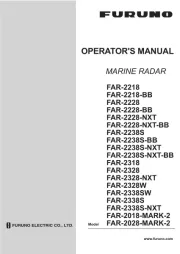
22 Juli 2025
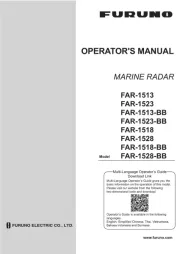
22 Juli 2025
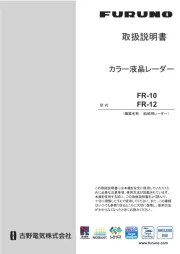
22 Juli 2025
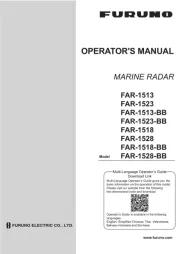
22 Juli 2025
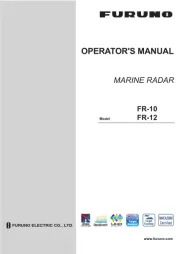
22 Juli 2025
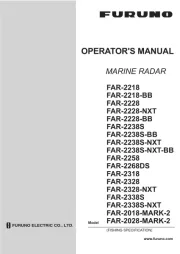
21 Juli 2025
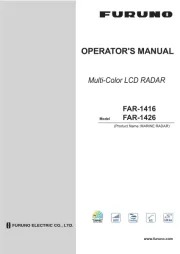
21 Juli 2025
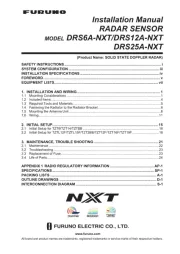
21 Juli 2025
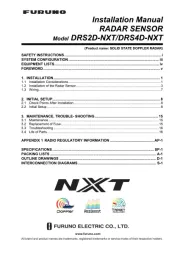
21 Juli 2025
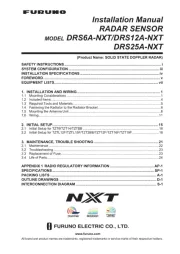
21 Juli 2025